Direct Metal Mastering
Understanding The Foundation Of Vinyl Mastering
Vinyl records remain one of the most cherished mediums for music lovers, offering warmth, depth, and a tactile connection to sound. Within the world of vinyl production, mastering techniques define the quality and longevity of the record. One of the most significant innovations in this field is Direct Metal Mastering, abbreviated as DMM. Developed in the 1980s by Neumann and Teldec, DMM represented a leap forward from traditional lacquer cutting. Instead of cutting grooves into a soft lacquer-coated disc, DMM cuts directly into a copper plate, producing sharper grooves, reduced surface noise, and enhanced durability. This method has influenced genres, production choices, and the listening experience for decades.

History Of Direct Metal Mastering – Origins And Development
Direct Metal Mastering emerged in the early 1980s as engineers sought alternatives to lacquer cutting. Neumann and Teldec collaborated to design lathes capable of engraving grooves directly into copper. This innovation was partly inspired by earlier experiments at RCA Princeton Labs with videodiscs. By eliminating the softer lacquer surface, engineers achieved grooves with greater precision and stability. DMM quickly gained traction among classical and electronic music producers who valued clarity and reduced distortion.
| Year | Development | Key Innovators | Impact |
|---|---|---|---|
| 1950s | Lacquer mastering introduced | John J. Scully | Standard for decades |
| Late 1970s | RCA videodisc experiments | RCA Princeton Labs | Inspired copper cutting |
| 1980s | DMM developed | Neumann & Teldec | Revolutionized vinyl mastering |
| 1990s | Widespread use in Europe | Various pressing plants | Cleaner sound pressings |
| 2000s | Limited lathes remain | Few global operators | Niche but respected |
Technical Process Of DMM – How Copper Cutting Works
The DMM process begins with a lathe equipped with a diamond stylus. Unlike lacquer cutting, where grooves are etched into a soft surface, DMM engraves directly into a copper plate. This harder medium resists deformation, allowing grooves to remain sharp and consistent. The stylus vibrates according to the audio signal, carving precise modulations into the copper. Because copper resists groove collapse, higher frequencies can be captured with greater accuracy.
- Copper provides a harder surface than lacquer.
- Diamond stylus ensures precision in groove cutting.
- Reduced groove deformation enhances clarity.
- Higher frequencies are captured more accurately.
- Electroplating transfers grooves to stampers.
- Fewer intermediate steps reduce distortion.
- Surface noise is minimized compared to lacquer.
- Groove sharpness improves playback durability.
- DMM lathes require specialized engineering.
- Final pressings reflect cleaner audio reproduction.
Advantages Of DMM – Sonic And Practical Benefits
Direct Metal Mastering offers several advantages over traditional lacquer cutting. The most notable benefit is reduced surface noise, which enhances quiet passages in classical and acoustic recordings. DMM also produces sharper grooves, allowing for more accurate reproduction of high frequencies. Because copper resists groove collapse, records maintain their fidelity longer.
| Advantage | Explanation | Impact On Listener |
|---|---|---|
| Reduced Noise | Copper resists imperfections | Clearer playback |
| Sharper Grooves | Precision cutting | Enhanced detail |
| High Frequency Accuracy | Better capture of treble | Brighter sound |
| Durability | Grooves resist wear | Longer lifespan |
| Faster Production | Fewer steps required | Efficient pressing |
Disadvantages Of DMM – Criticisms And Limitations
Despite its strengths, DMM is not universally preferred. Some listeners argue that DMM records sound too bright or clinical compared to the warmth of lacquer cuts. The harder copper surface can emphasize treble frequencies, which may not suit all genres. Jazz and vintage-inspired recordings often favor lacquer for its softer tonal character.
- Perceived brightness in sound reproduction.
- Less warmth compared to lacquer cuts.
- Limited availability of DMM lathes.
- High cost of specialized equipment.
- Not ideal for all genres.
- Independent labels face accessibility issues.
- Some audiophiles prefer traditional methods.
- Treble emphasis can feel unnatural.
- Production requires skilled engineers.
- Niche adoption limits widespread use.
Evolution Of Vinyl Mastering – From Lacquer To Copper
The transition from lacquer to copper was gradual. Lacquer cutting had been the industry standard since the 1930s, offering flexibility and warmth. However, engineers noticed limitations in groove stability and high-frequency reproduction. Copper cutting solved many of these issues by providing a harder surface resistant to collapse.
| Medium | Characteristics | Strengths | Weaknesses |
|---|---|---|---|
| Lacquer | Soft surface | Warmth, flexibility | Groove collapse, noise |
| Copper | Hard surface | Precision, durability | Brightness, cost |
| Hybrid Approaches | Combination | Balance of tone | Complexity in workflow |
Impact On Genres – How DMM Shapes Musical Styles
Different genres respond uniquely to the qualities of DMM. Classical recordings benefit from reduced noise, allowing quiet passages to remain clear. Electronic music thrives on the sharpness of grooves, which capture high-frequency detail. Rock and jazz, however, often favor lacquer for its warmth and organic tone.
- Classical music values quiet passages preserved by DMM.
- Electronic genres benefit from sharper groove detail.
- Jazz often prefers lacquer for tonal warmth.
- Rock recordings emphasize organic resonance.
- Ambient music finds balance in reduced noise.
- Experimental producers use DMM for precision.
- Pop recordings vary depending on production goals.
- Hip-hop pressings often lean toward lacquer’s bass emphasis.
- Soundtracks benefit from DMM’s clarity.
- Genre choice reflects mastering philosophy.
Economic Considerations – Cost And Accessibility Of DMM
The economics of Direct Metal Mastering are complex and often determine whether a studio or label adopts the process. Copper plates are more expensive than lacquer discs, and the specialized lathes required for DMM are rare. This makes the process less accessible to independent labels. Larger European pressing plants invested in DMM during the 1980s and 1990s, but many smaller operations continued with lacquer. The cost of maintaining DMM equipment also limited its spread. Today, only a handful of DMM lathes remain operational worldwide, making DMM pressings relatively rare and collectible.
| Factor | Lacquer Cutting | DMM Cutting |
|---|---|---|
| Equipment Cost | Moderate | High |
| Plate Material | Affordable | Expensive |
| Accessibility | Widely available | Limited |
| Maintenance | Standard | Specialized |
| Market Adoption | Global | Niche |
Listening Experience – Comparing DMM And Lacquer Records
Listeners often describe DMM records as cleaner and brighter, while lacquer records are warmer and more natural. These differences are not merely technical but emotional, shaping how audiences connect with music. DMM’s clarity appeals to those who value precision, while lacquer’s warmth resonates with listeners seeking intimacy. The debate between DMM and lacquer reflects broader tensions in audio culture between accuracy and character.
- DMM records sound brighter and more detailed.
- Lacquer records emphasize warmth and depth.
- Classical listeners prefer DMM’s quiet clarity.
- Jazz fans value lacquer’s tonal richness.
- Electronic producers highlight DMM’s precision.
- Rock enthusiasts lean toward lacquer’s organic feel.
- Audiophiles debate accuracy versus character.
- Emotional connection influences preference.
- Listening rituals shape perception of sound.
- Both methods offer unique experiences.
Cultural Legacy – DMM In The Vinyl Revival
As vinyl experienced a resurgence in the 2000s and 2010s, DMM pressings became part of the conversation. Collectors sought out DMM records for their rarity and distinctive sound. European classical labels marketed DMM as a mark of high standards and quality, while electronic producers embraced its precision and accuracy. In the broader vinyl revival, DMM symbolized innovation within tradition, reminding listeners that vinyl is not static but evolving.
| Era | Vinyl Trend | Role Of DMM |
|---|---|---|
| 1980s | Innovation | Introduced copper cutting |
| 1990s | Niche adoption | Classical and electronic |
| 2000s | Decline | Limited use |
| 2010s | Revival | Collectible pressings |
| 2020s | Hybrid approaches | Balance of lacquer and DMM |
Engineering Challenges – Maintaining Precision In Copper Cutting
Direct Metal Mastering requires specialized engineering to achieve consistent results. Copper is harder than lacquer, which means the cutting stylus must withstand greater resistance. Engineers must carefully calibrate the lathe to avoid excessive wear on the diamond stylus. Temperature control is also critical, as copper expands and contracts differently than lacquer. These challenges make DMM a demanding process that requires expertise and precision.
- Stylus wear increases due to copper hardness.
- Calibration must be exact to avoid distortion.
- Temperature control ensures groove stability.
- Copper expands differently than lacquer.
- Engineers require specialized training.
- Groove precision depends on accurate setup.
- Equipment maintenance is more complex.
- Production consistency demands expertise.
- Errors are harder to correct than in lacquer.
- Workflow reflects technical rigor.
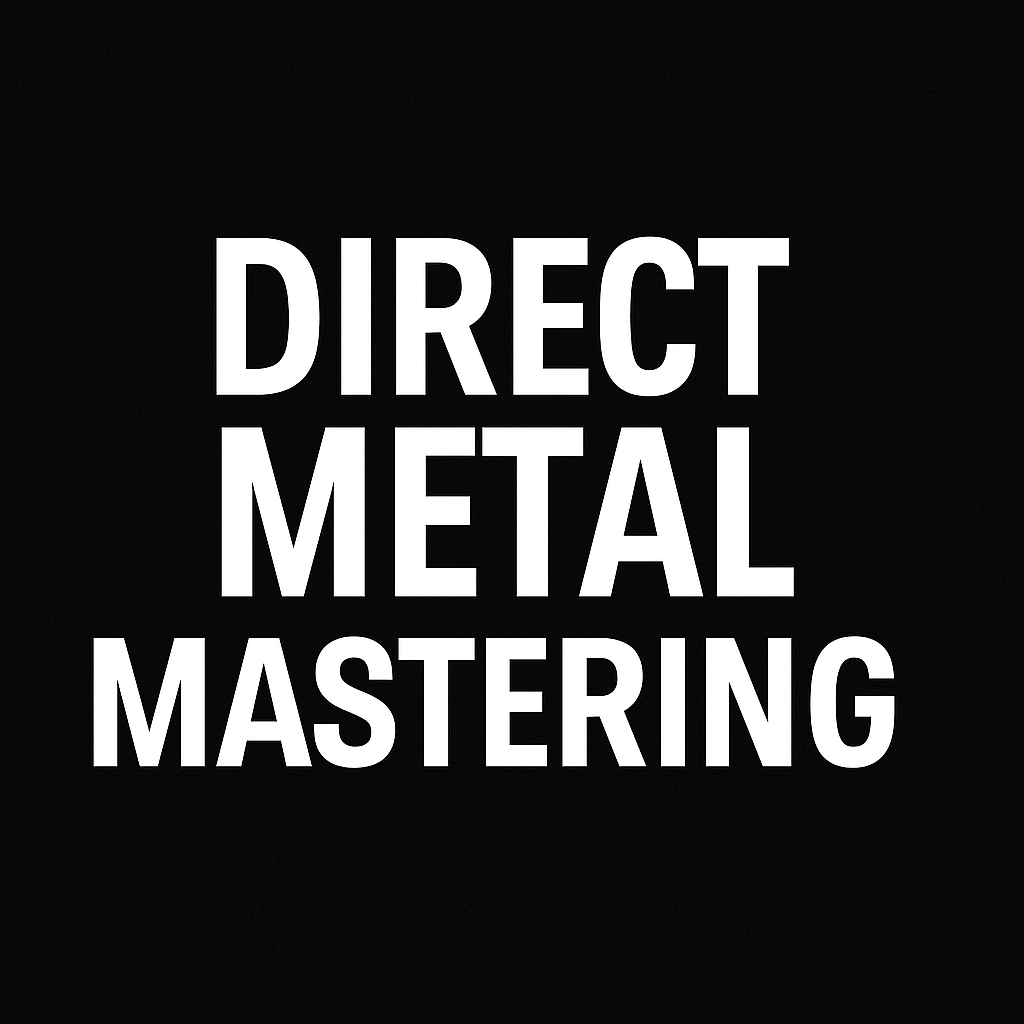
Collector Perspectives – Why DMM Pressings Are Valued
Collectors often seek out Direct Metal Mastering records for their rarity and distinctive qualities. Because only a limited number of lathes exist worldwide, DMM pressings are less common than lacquer cuts. This scarcity adds to their appeal among vinyl enthusiasts who value exclusivity. Collectors also appreciate the clarity and reduced noise of DMM, especially in classical and electronic recordings. The debate over warmth versus precision makes DMM pressings conversation pieces in audiophile circles.
- DMM pressings are rarer than lacquer records.
- Collectors value scarcity and uniqueness.
- Clarity appeals to classical enthusiasts.
- Electronic fans enjoy precision in grooves.
- Debate over warmth versus brightness adds intrigue.
- European pressings often highlight DMM.
- Collectors treat DMM as a mark of quality.
- Limited lathes increase exclusivity.
- DMM records often command higher prices.
- Audiophile communities discuss DMM extensively.
Technological Comparisons – DMM Versus Digital Mastering
While DMM focuses on analog precision, digital mastering offers flexibility and accessibility. Digital methods allow for easy editing, replication, and distribution. However, vinyl enthusiasts argue that DMM provides a tactile and sonic experience unmatched by digital formats. The comparison highlights the tension between analog tradition and digital convenience. DMM represents a commitment to physical media, while digital mastering reflects modern efficiency.
| Aspect | DMM | Digital Mastering |
|---|---|---|
| Medium | Copper plate | Digital file |
| Sound | Bright, precise | Flexible, varied |
| Accessibility | Limited | Widely available |
| Collector Value | High | Moderate |
| Production Speed | Moderate | Fast |
Studio Decisions – Choosing Between Lacquer And DMM
Producers must decide whether to use lacquer or DMM based on artistic goals. Classical studios often choose DMM for its clarity, while jazz studios prefer lacquer for warmth. Electronic producers lean toward DMM to capture sharp frequencies. Rock and pop producers may choose lacquer to preserve organic resonance. The decision reflects not only technical considerations but also cultural and emotional priorities.
- Classical studios prioritize clarity.
- Jazz studios emphasize tonal warmth.
- Electronic producers value precision.
- Rock producers prefer organic resonance.
- Pop studios balance clarity and warmth.
- Soundtrack producers often choose DMM.
- Studio budgets influence decisions.
- Availability of equipment plays a role.
- Producer philosophy guides choice.
- Audience expectations shape mastering.
Global Distribution – DMM’s Role In Different Markets
DMM pressings are more common in Europe than in the United States. European classical labels embraced DMM early, marketing it as a premium option. American producers often stuck with lacquer due to equipment availability. In Asia, DMM pressings appeared sporadically, often imported from Europe. Global distribution patterns reflect both technological access and cultural preferences.
| Region | Adoption Of DMM | Cultural Preference |
|---|---|---|
| Europe | High | Classical clarity |
| United States | Moderate | Rock warmth |
| Asia | Limited | Imported pressings |
| Latin America | Rare | Lacquer dominance |
| Global Collectors | High interest | Rarity appeal |
Archival Considerations – Longevity Of DMM Masters
DMM masters offer greater durability than lacquer discs. Copper resists degradation, making DMM masters more reliable for long-term storage. This durability appeals to archivists who prioritize preservation. Lacquer masters, by contrast, are more vulnerable to environmental damage. DMM’s archival strength ensures that future generations can access high-quality pressings.
- Copper resists environmental damage.
- DMM masters last longer than lacquer.
- Archivists value durability.
- Preservation ensures future access.
- Lacquer is vulnerable to humidity.
- DMM reduces risk of groove collapse.
- Long-term storage favors copper.
- Collectors appreciate archival reliability.
- Museums highlight DMM’s durability.
- Archival science supports DMM use.
Soundstage Analysis – How DMM Influences Spatial Perception
One of the most intriguing aspects of Direct Metal Mastering is its effect on soundstage. Audiophiles often describe DMM records as having sharper instrument placement, with clearer separation between channels. This precision comes from the copper medium’s ability to preserve groove detail without collapse. As a result, orchestral recordings benefit from enhanced spatial clarity, allowing listeners to distinguish individual instruments more easily. Jazz ensembles, however, sometimes feel less cohesive under DMM, as the brightness can reduce the sense of warmth and blend.
| Attribute | DMM Soundstage | Lacquer Soundstage |
|---|---|---|
| Instrument Placement | Sharper, more defined | Blended, organic |
| Channel Separation | Clearer | Softer |
| Orchestral Clarity | Enhanced | Warm but less precise |
| Jazz Cohesion | Sometimes reduced | Stronger blend |
| Listener Experience | Analytical | Emotional |
Production Workflow – Integrating DMM Into Studio Practice
Studios that adopt DMM must adjust their workflows to accommodate copper cutting. Engineers require specialized training to operate DMM lathes, and producers must plan for the higher costs of copper plates. The workflow also involves careful calibration to ensure groove accuracy. Unlike lacquer, which allows for easier corrections, DMM demands precision from the start. This makes pre-mastering decisions critical, as errors are harder to fix once cutting begins. Studios that embrace DMM often highlight their commitment to high-fidelity production, using it as a marketing point to attract discerning artists and listeners.
- Studios require specialized training for DMM.
- Copper plates increase production costs.
- Calibration ensures groove accuracy.
- Errors are harder to correct than in lacquer.
- Pre-mastering decisions become more important.
- Workflow emphasizes precision from the start.
- Producers highlight DMM as a premium option.
- Marketing often emphasizes high-fidelity results.
- Artists choose DMM for clarity and durability.
- Workflow reflects commitment to sonic excellence.
Manufacturing Efficiency – Comparing Pressing Plant Outputs
Pressing plants that adopt Direct Metal Mastering often highlight efficiency gains. Because DMM eliminates certain intermediate steps, production timelines can be shortened. Copper masters are more durable, reducing the risk of errors during electroplating. This efficiency benefits large-scale operations that need consistent output. However, smaller plants may find the costs prohibitive, limiting widespread adoption. The balance between efficiency and expense defines how DMM fits into modern vinyl manufacturing.
| Factor | DMM Workflow | Lacquer Workflow |
|---|---|---|
| Production Speed | Faster due to fewer steps | Slower, more stages |
| Error Risk | Reduced | Higher |
| Master Durability | Stronger copper plates | Softer lacquer discs |
| Cost Efficiency | High for large plants | Better for small studios |
| Output Consistency | Reliable | Variable |
Audiophile Debates – Subjective Versus Objective Listening
Audiophiles often debate whether DMM’s clarity is objectively superior or subjectively divisive. Some argue that sharper grooves and reduced noise represent measurable improvements. Others insist that warmth and tonal character matter more than technical precision. These debates reflect broader tensions in audio culture between science and emotion. DMM becomes a focal point for discussions about what makes vinyl special.
- Objective listeners value measurable clarity.
- Subjective listeners prioritize warmth.
- DMM appeals to analytical ears.
- Lacquer appeals to emotional resonance.
- Debates highlight cultural divides.
- Audiophile forums discuss DMM extensively.
- Measurements versus feelings define arguments.
- Collectors often side with rarity.
- Engineers emphasize technical superiority.
- Listeners emphasize personal connection.
Marketing Strategies – How Labels Promote DMM
Record labels that use DMM often market it as a premium feature. Classical labels emphasize reduced noise, while electronic producers highlight precision. Marketing materials describe DMM as innovative and high-fidelity. Labels use DMM to differentiate themselves in competitive markets. This strategy appeals to collectors and audiophiles seeking unique pressings.
| Label Type | Marketing Focus | Audience Appeal |
|---|---|---|
| Classical | Quiet clarity | Audiophiles |
| Electronic | Precision | Producers |
| Rock | Tradition | Fans of warmth |
| Pop | Balance | General listeners |
| Collectors | Rarity | Enthusiasts |
Technological Future – Could DMM Inspire New Formats
The principles behind DMM may inspire future audio formats. Copper cutting demonstrates how harder surfaces preserve detail. Engineers may explore hybrid approaches combining analog precision with digital flexibility. Innovations could include new mastering materials or hybrid vinyl-digital discs. DMM represents a bridge between tradition and experimentation.
- Copper cutting shows durability.
- Hybrid approaches may emerge.
- Digital integration could expand possibilities.
- New materials may replace lacquer.
- Vinyl-digital hybrids could appear.
- DMM inspires innovation.
- Engineers explore groove physics.
- Future formats may blend analog and digital.
- Collectors anticipate new technologies.
- DMM remains a reference point.
Groove Physics And Copper Behavior
Direct Metal Mastering succeeds because of the physics behind groove cutting. Copper resists deformation, allowing grooves to remain sharp and stable over time. The diamond stylus interacts with copper differently than with lacquer, producing cleaner modulations. This interaction reduces groove collapse, which is common in softer lacquer surfaces. Scientific studies confirm that copper’s hardness preserves high-frequency detail more effectively. Groove physics explains why DMM records sound brighter and more precise compared to lacquer.
- Copper resists groove collapse.
- Diamond stylus ensures precision.
- Groove modulations remain sharp.
- Physics explains brightness.
- Lacquer collapses under pressure.
- Copper maintains stability.
- Groove detail improves clarity.
- Scientific analysis validates DMM.
- Engineers study groove behavior.
- Physics underpins sonic differences.
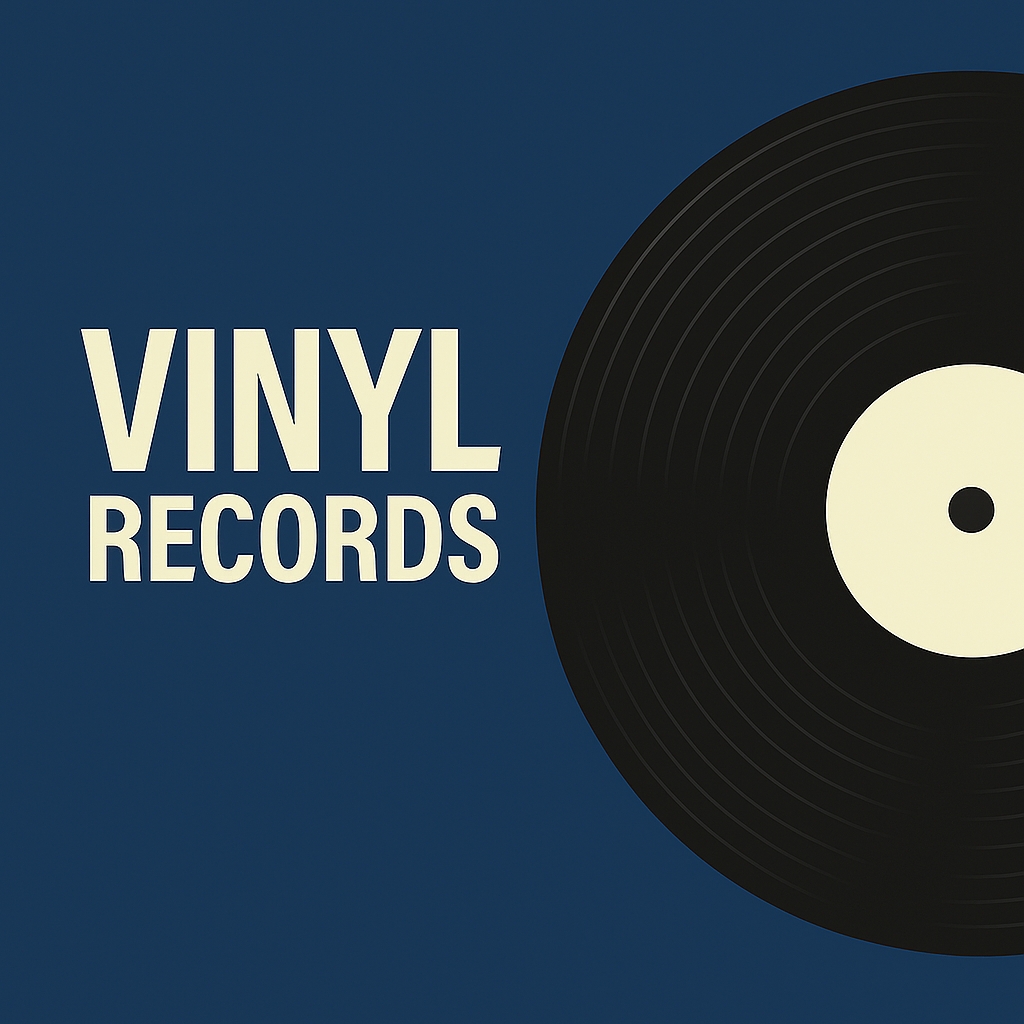
Cultural Symbolism – DMM As A Marker Of Innovation
Beyond technical aspects, DMM symbolizes innovation in vinyl culture. It represents a willingness to experiment within a traditional medium. Collectors view DMM as a sign of progress, while purists see it as divergence. The symbolism of DMM reflects broader cultural debates about authenticity and change. Vinyl’s resilience lies in its ability to embrace both tradition and innovation.
| Symbolic Meaning | Cultural Interpretation | Audience Response |
|---|---|---|
| Innovation | Progress in vinyl | Collectors embrace |
| Divergence | Departure from warmth | Purists resist |
| Rarity | Exclusivity | Enthusiasts value |
| Tradition | Contrast with lacquer | Balanced debate |
| Authenticity | Questioned by some | Discussed widely |
Final Conclusion – Synthesizing Legacy And Future
Direct Metal Mastering stands as both a technical achievement and a cultural symbol. Its precision, durability, and rarity make it a unique chapter in vinyl history. While lacquer continues to dominate, DMM offers an alternative that challenges assumptions about sound and authenticity. The legacy of DMM lies in its ability to spark debate, inspire innovation, and preserve clarity. As vinyl continues to evolve, DMM remains a reminder that tradition and experimentation can coexist.
- DMM represents technical innovation.
- Lacquer remains dominant but complementary.
- Collectors value rarity and clarity.
- Producers choose based on artistic goals.
- Engineers highlight groove physics.
- Archivists emphasize durability.
- Audiophiles debate warmth versus precision.
- Cultural symbolism enriches vinyl’s story.
- Future formats may draw from DMM.
- Vinyl thrives on diversity of methods.
Join The Discussion – Share Your Thoughts On Vinyl’s Future
Do you see DMM as a symbol of progress or a departure from tradition? How does mastering shape your collecting and listening rituals?
#VinylMastering #DirectMetalMastering #DMM #VinylRecords #AudiophileCulture #MusicProduction #SoundQuality #VinylCollectors #AnalogVsDigital #VinylResurgence
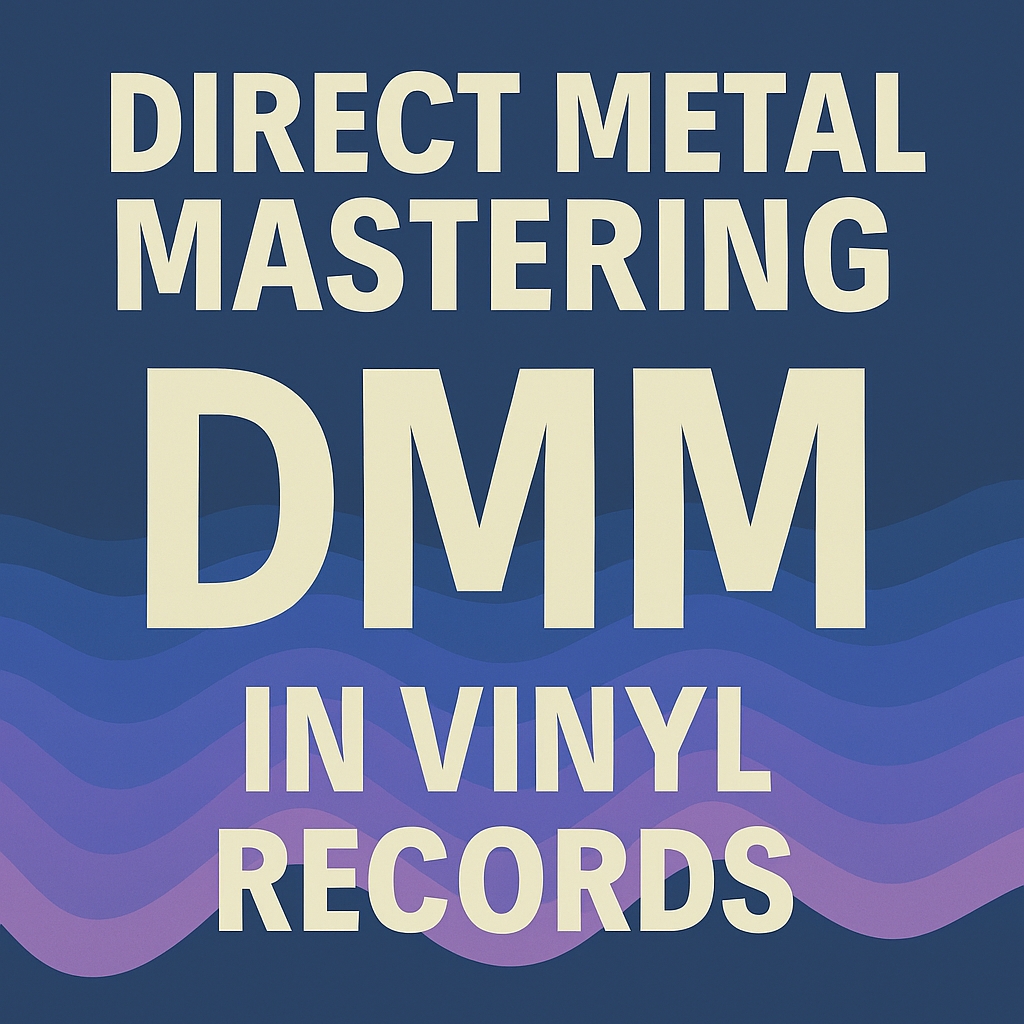
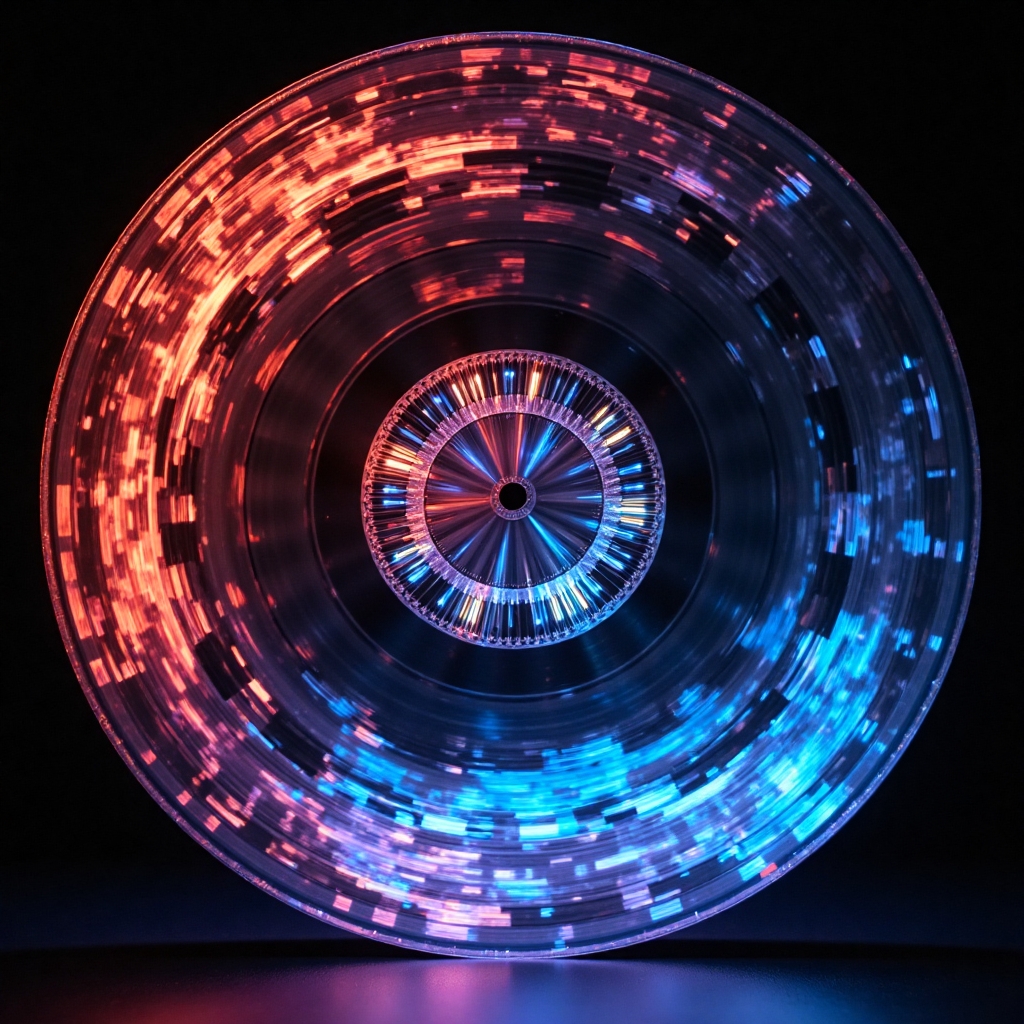


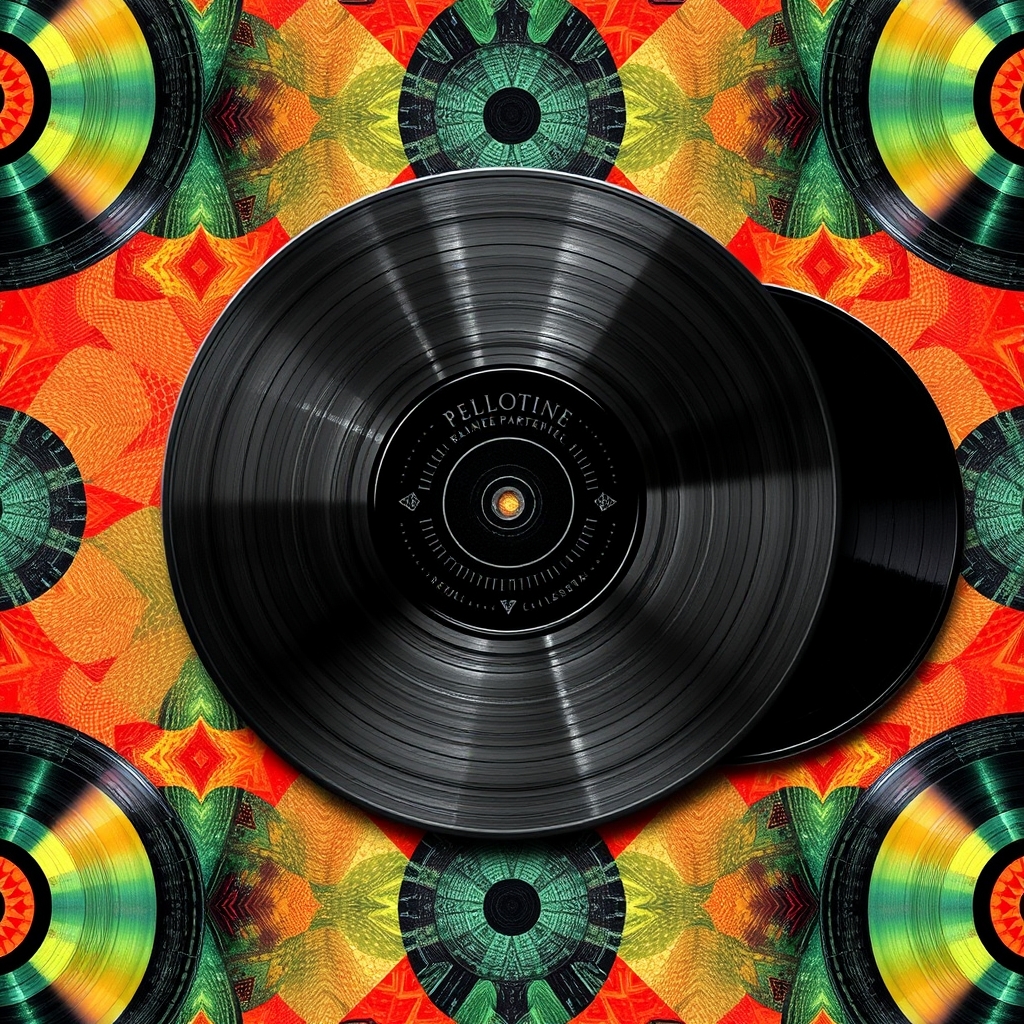



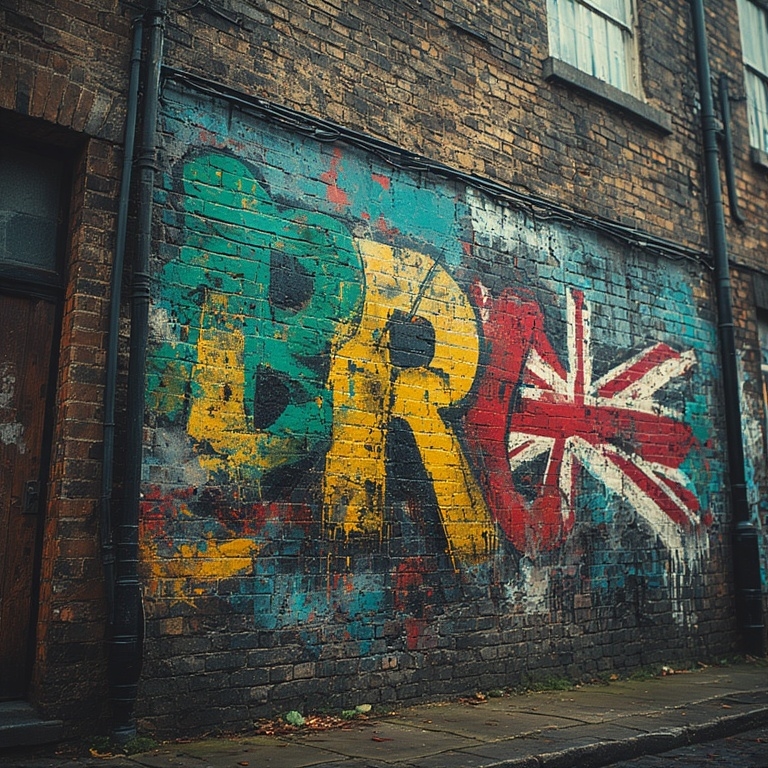

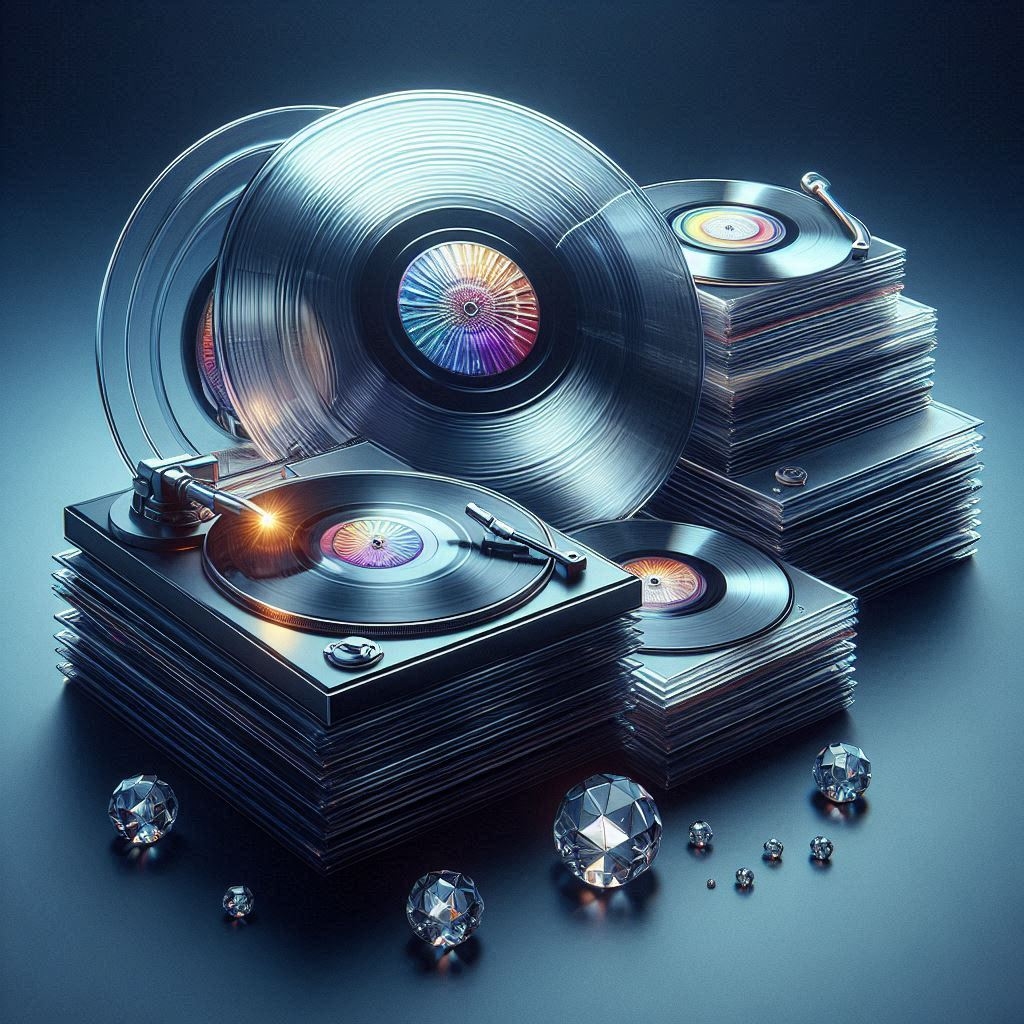
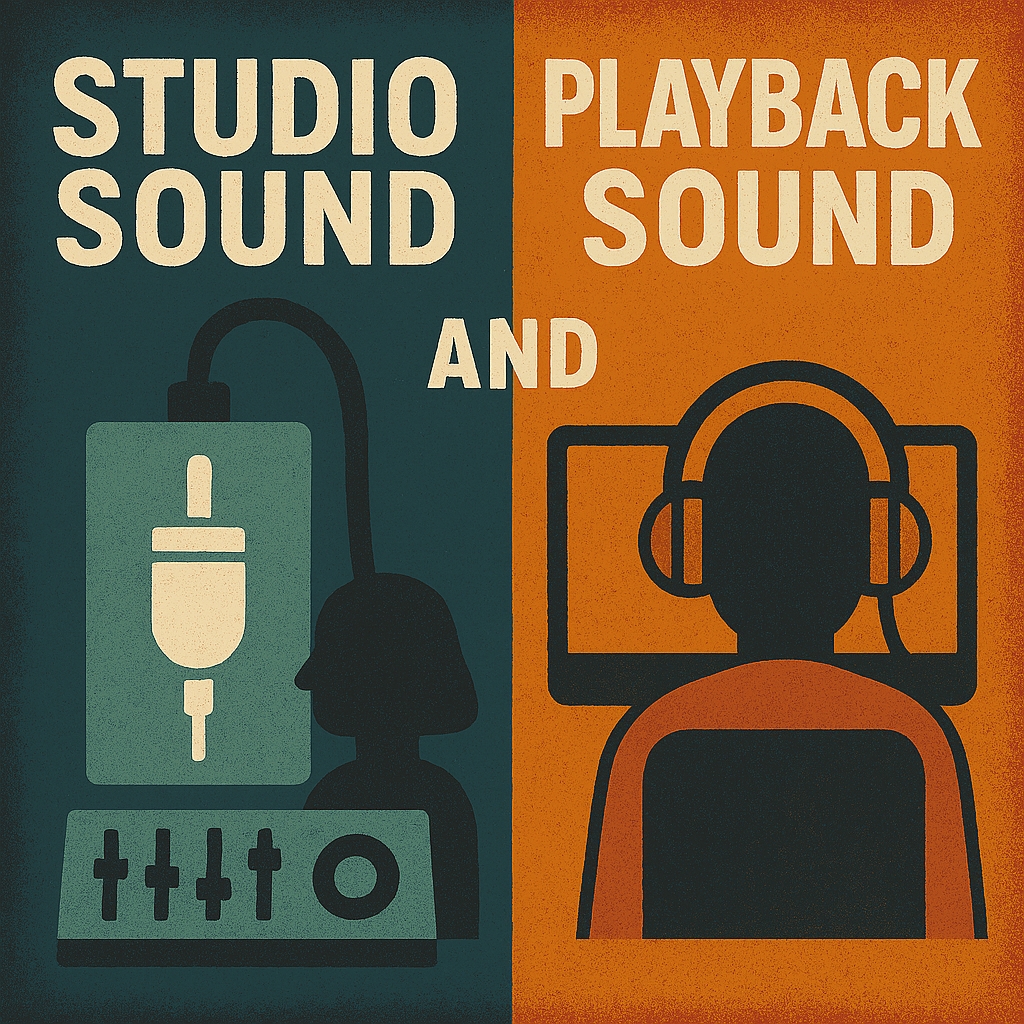
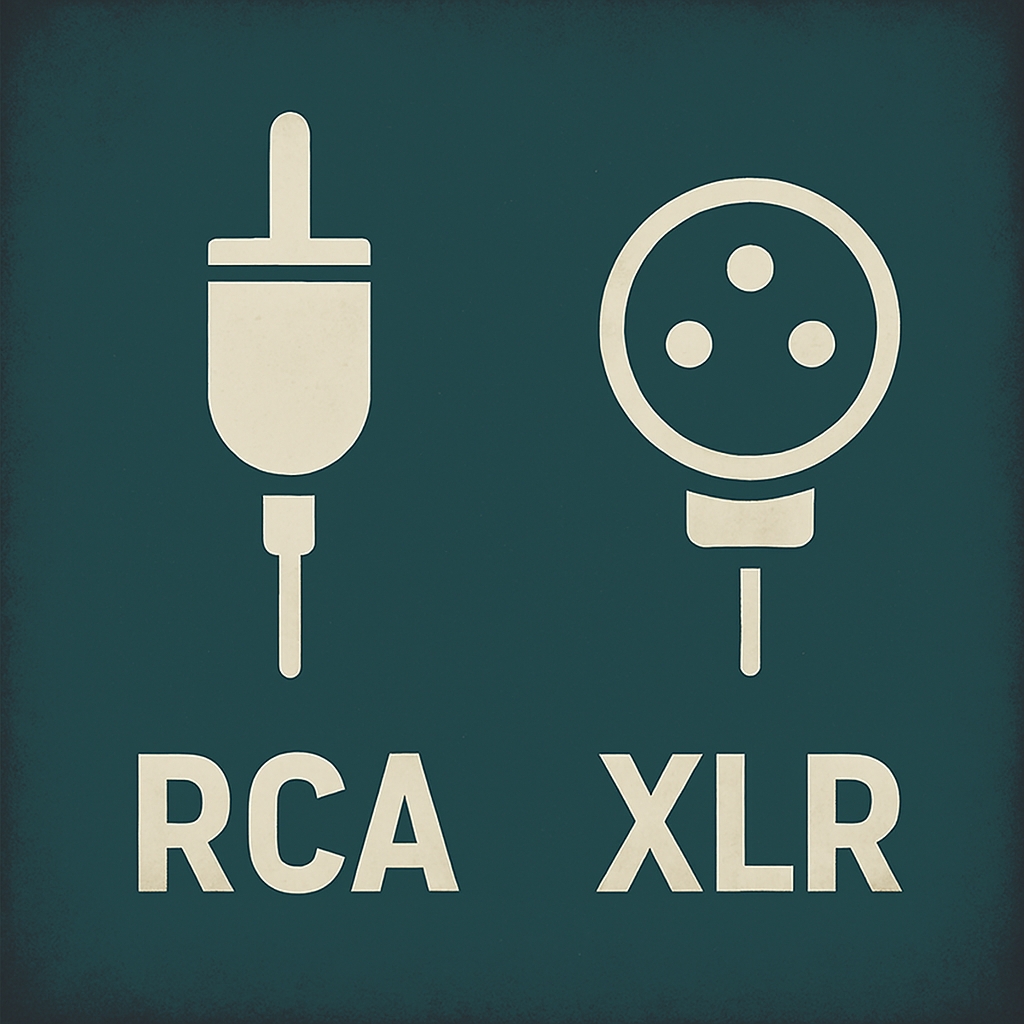


Leave a Reply